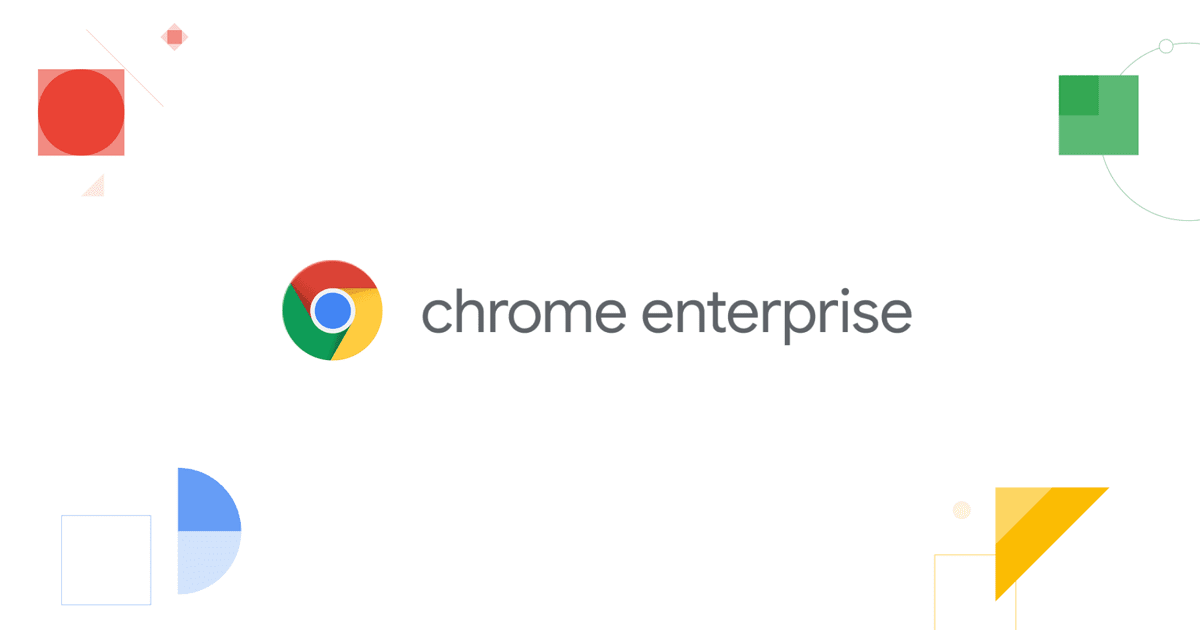F
ForgottenSeer 107474
Agree: but there is WHHL to the rescue (with WDAC-ISG and SRP blocking risky file extensions which use LoLBins) @Andy FulI think SAC could help, but it is deactivated and cannot be reactivated on many computers....
If MS could create an option to enable or disable it at will, that might increase security.
Also I think Comodo with @cruelsister is better when replacing contain with block. IMO it makes no sense to run software of which the security application can't determine it is safe. Blocking instead of sandboxing also takes away the confusion sandboxing gives for most users (as mentioned by Andy). Using a sandbox for me is a sign of lack of trust in your own program. The only case for using sandboxes is when the program you run has vulnabilties. Then it makes sense to sandbox (but the sandbox has to be persistent over sessions).
That said: I tried the latest Comodo beta and it crashed on a fairly vanilla Windows 11 setup (Office + Chrome + 2 user applications installed), which surprised me, because on Windows 7, I was using Comodo Time Machine and Comodo Cloud Antivirus (with block in stead of contain, CCA also had an option to ask the user when I recall right) on a similar setup (only difference was the office version 2010 in stead of 2019).
Last edited by a moderator:





